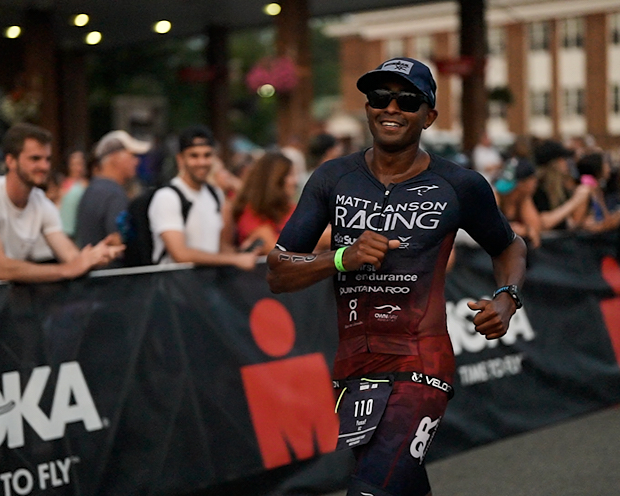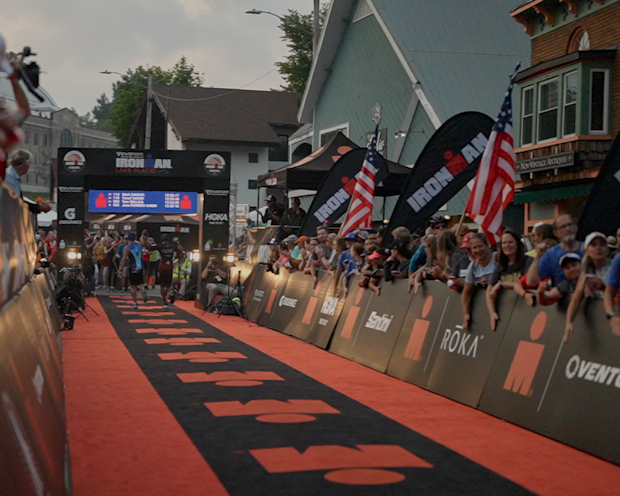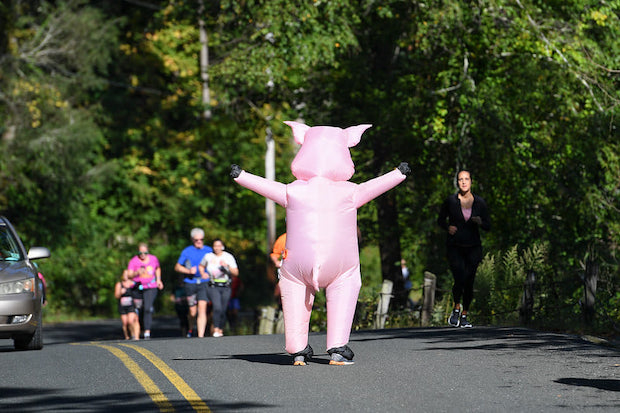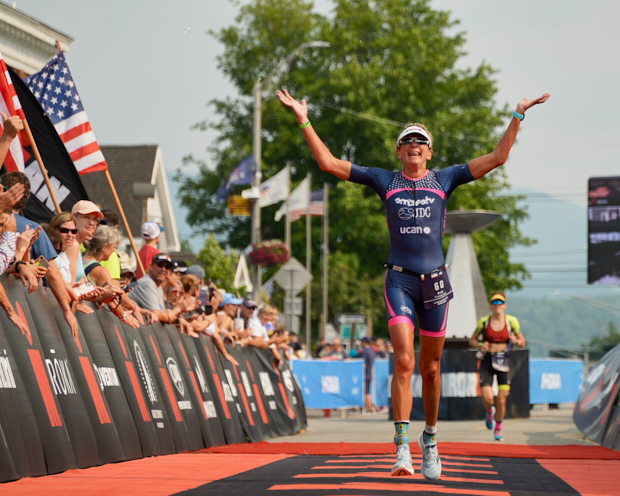What Makes a Race an Event?

As I approach spending nearly half my life immersed within the running and triathlon industries, I realize that there have been a lot of trends that have come and gone. Just in footwear alone: Nike Free and Shox; Asics Gel everything; minimalism; maximalism; new materials; and now the carbon plate age. And that’s just one category!
But to stick with running for a moment, there was a watershed moment in 1998 in terms of race experience. A race director, during the lonely moments of a marathon years prior, wondered about how music during those back miles might transform the experience. That race director, Tim Murphy, took the seed of that idea and created the first Rock n’ Roll Marathon in San Diego.
The rest, as they say, is history.

As we continue to go through a resurgence of enjoying the outdoors, buoyed by the pandemic, athletes continue to flock towards races that deliver an immersive event experience. In other words, most of the time it isn’t enough to have cones, a timer, and a marked course. (There is a time and a place for racing for the sake of a race – but that also means that those are not likely going to be the “A-race” of someone’s season.)
Instead, these are the things that transform a race into an event experience. Note that any of these criteria, on their own, might be able to elevate a race into an event. But usually it requires a cocktail of elements to bring it all together.
The Course
Arguably, the best example of this is Norseman. On its face, Norseman is absurd. But that difficulty, and those that manage to complete it, is what makes Norseman something other than a race. It’s a life-long memory.
That being said, a course need not be absurdly difficult in order to be able to elevate a race. It could be the scenery. It could be the roads themselves. It could be the quality of a swim venue. For me, an added benefit and potential decisionmaker are closed bike course loops. Having already used the side of my face to suddenly stop from a high rate of speed while biking, I’m just not doing races anymore that don’t have at least some type of separation between traffic and cyclists.

The Crowd
This can often wind up going hand-in-hand with the course – if something is easier to spectate, it’s going to be far easier to build a crowd that will be loud during the entire race. This is what makes big city marathons unique. This is what makes the finish lines at Kona, or on the mainland Lake Placid and Louisville so special. It’s why Solar Hill elevates Challenge Roth to another level. The enthusiasm that a crowd can bring can make or break your race-day experience.
The Swag
If you’ve been racing for a while, swag may not be a difference maker for you. But for lots of folks, swag matters. You don’t need to look much further than the announcement every year of what color the Boston Marathon might be using (and heaven forbid if it is anything but the traditional B.A.A. blue and yellow). My personal favorite medal is an old Rev3 Maine lobster claw that, coincidentally, the claw opening was just the correct size to be a bottle opener. (To this day I’m not sure whether this was intentional or an oversight. But no matter – it’s what made it work).

Something For Everyone
No matter where you finish in the race, your race experience should be top-notch. Nothing drives me crazier than a race director already breaking down the majority of their equipment while racers are still out on course. You can’t claim to be celebrating all of your finishers if, when your final finishers are wrapping up their race, you’re also busy removing all of your branding from the finish line.
The flip side of this is also true. As much as certain race producers have done to minimize or eliminate professional racing, the front of the field is equally as important as the back. Treating your professionals like a big deal can turn into a point of pride. Lake Placid, for instance, was particularly angry when their pro race was removed, and then when it became a single gender professional field. A high quality professional field will often help snowball media exposure of the race, making it feel bigger for years to come.

This is where, I think, the PTO Tour events are going to really shine. Let’s look under the hood of the US Open event, coming up this September. On the course front, you’ll have a closed 80 kilometer bike course (big plus in Texas, IMO), as well as an interesting venue in the Levy Event Plaza. That location should, in theory, also help create a good community and crowd turnout. Swag is going to be sustainably sourced – a bit of an answer to questions raised on my last article on the subject. And, well, of course, it being a PTO event, you can be guaranteed a top-dollar professional race.
Registration is available here – and is on discount through May 31st.
Photo Credits: 1, 2, 4 – Eric Wynn
3 – Ben Kimball
5 – courtesy of PTO


Start the discussion at slowtwitch.northend.network